Ravings at the Edge of Time
Versions of the Nonexistent
You stand on a hill where the air smells not only of dust and sea, but of something indescribable—as if someone left a portal to another reality open. Fortress Silifke looms over the Göksu River, but it’s not ruins, not a pile of stones gnawed by time. It’s a city-machine, a pulsating neural network monster where towers blink with data and walls whisper code. There’s no past or future here—only an endless cycle in which Silifke never fell, never became a ghost. You’re not a tourist; you’re a hacker who’s cracked the simulation where history didn’t die but rewrote itself in the cloud. Welcome to Silifke 2.0, where the gods of the Seleucids trade cryptocurrency, and Frederick Barbarossa still drowns in the river—but now in VR goggles.
The city gazes at you like a neural network trained on millions of forgotten myths. The columns of the Temple of Jupiter are not ruins but antennas catching signals from parallel worlds. You feel reality glitching: are you in 2025, 3025, or the 3rd century BCE when Seleucus I laid the first stone? This is not just a place—it’s a bug in the matrix where time is frozen, and you’re the only one who noticed.
Worlds That Never Were
Imagine: Silifke didn’t fall. In the 3rd century BCE, Seleucus I Nicator didn’t just found Seleucia-on-the-Calycadnus—he embedded an algorithm of eternity into it. Instead of becoming a pawn in the games of empires, the city became their server. After Alexander the Great’s death, Silifke didn’t slide into provincial obscurity—it seized control of trade routes from Europe to Mesopotamia. The Göksu River, instead of silting up, turned into a highway for AI-controlled autonomous barges hauling spices, silk, and data. The Byzantines didn’t just fortify the castle in the 7th century—they installed a quantum processor capable of predicting Arab raids and stock market crashes.
By the 12th century, as the Crusaders rebuilt the castle, Silifke was already a kind of cybernetic Vatican. The Hospitallers didn’t just protect pilgrims—they developed drones disguised as storks to patrol the Cilician Plain. Frederick Barbarossa didn’t drown in the Göksu in 1190—nanobots saved him, and he became the first cyborg-emperor, ruling from Silifke as the capital of a new Crusader blockchain. By the time the Seljuks arrived, the city was too advanced to conquer: graphene-reinforced walls deflected laser attacks, and the Tekir Ambarı cistern stored not water but liquid nitrogen for supercomputers.
By 2025, Silifke is not just a city but a neural network hub storing humanity’s digital DNA. Instead of decline, it became the center of the Mediterranean, where AI archaeologists recreate nonexistent eras, and local residents—hybrids of flesh and code—trade memories in the metaverse. There are no borders between empires here because Silifke itself became an empire—not of land, but of information.
Phantom Architectures
Close your eyes and launch the simulation. AI paints a Silifke that never existed. The fortress is not a heap of stones but a megastructure of smart glass and carbon, where each tower is a server and every moat an optical fiber channel. The main street, Inonu Caddesi, is now a holographic boulevard where avatars of Seleucus and Barbarossa debate quantum ethics. The Temple of Jupiter, instead of becoming a stork nest, transformed into a neuro-temple where believers connect to the cloud to download blessings. The Tekir Ambarı cistern is not just a pit in the rock but a cryogenic data center cooling billions of terabytes of myths.
The AI reconstruction shows the acropolis as a floating platform where drones deliver tourists from the metaverse. The necropolis is not a cemetery but a biobank storing the genomes of everyone who ever lived in Silifke. The city museum is not a dull statue warehouse but a VR gallery where you can stroll through the Seleucid exchange or watch Barbarossa hack a Byzantine firewall. Archaeological digs? Forget it. AI has already modeled the missing 80% of the city, from the Roman theater to Cilician skyscrapers built of light and imagination.
These visualizations are not just pictures. They’re code you can run. Load the simulation into a neural helmet, and you’ll find yourself in Silifke, where the air smells of ozone and amber, and the Göksu River glows with nanoparticles. This is not a reconstruction of the past—it’s a draft of the future where Silifke didn’t just survive but became the core of a new reality.
Blurred Reality
But here’s the paradox: the deeper AI digs into this nonexistent past, the less you understand where the truth lies. The real Silifke is a small town in Mersin, where the fortress on the hill, built by the Byzantines and remodeled by the Crusaders, slowly crumbles. The Temple of Jupiter is a cluster of columns, the necropolis is looted, and the Tekir Ambarı cistern is just a pit with a spiral staircase. The museum holds a couple of Roman busts and coins from Alexander’s time, but nothing that screams greatness. The Göksu River still flows, but it’s not a highway—just a backdrop for tourist selfies.
Now overlay the simulation. AI suggests: Silifke could have been the center of the world if not for Arab raids, the Seljuks, or the silted river. If Seleucus had embedded a bit more code into his walls, if Barbarossa hadn’t drowned, if the Hospitallers had built not just a fortress but a Starlink prototype. Reality and fiction merge like a glitch in a neural network. You look at the ruins and see skyscrapers. You touch a stone and feel graphene. You listen to the silence and hear the hum of servers.
The real Silifke is a province where locals drink raki, eat crabs, and trade olives. But in the alternate version, it’s a hub where humanity rewrites its mistakes. AI doesn’t lie, but it doesn’t tell the truth either. It offers a choice: believe in dusty stones or in a city that could have been. And you no longer know what’s realer—the ruins under your feet or the simulation in your head.
Echo in the Void
I loaded the AI reconstruction of Silifke and found myself in a city that doesn’t exist. I walked along the holographic Inonu Caddesi, where trader avatars offered me Seleucus’s memories for a couple of bitcoins. In the neuro-temple of Jupiter, I connected to the cloud and downloaded a feeling that I was part of something greater than myself. In the fortress—now a floating platform—I gazed at the Göksu River, glowing like liquid code. An AI guide resembling Barbarossa told me how he hacked death and became the first digital emperor. I almost believed it.
But then I took off the helmet. The Mersin sun burned my skin, and the real fortress of Silifke stood before me—worn but still proud. I touched a stone, and it was just a stone, with no graphene or servers. The wind carried the scent of olives, not ozone. And yet, something remained—a hum in my chest, as if I’d seen not just a simulation but a truth that never happened. Silifke could have been eternal but chose to be a ruin. And in that lies its strength—not in what was, but in what we can imagine.
I left the hill feeling like I’d hacked not the city but myself. Silifke doesn’t exist in the future, but it lives in my code. And maybe that’s enough.
#VoiceOfRuins #Silifke #AlternateHistory #AIReconstruction #ImaginedPast #Mysticism #Fortress #Fantasy #PersonalPerception




Our Telegram-channel: Voice Of Ruins https://t.me/Voice_Of_Ruins
Our Instagram: Voice Of Ruins https://www.instagram.com/voiceofruins/
Our group on Facebook: Voice Of Ruins https://www.facebook.com/share/g/16aitn9utM/ Our site: Voice Of Ruins https://www.voiceofruins.org


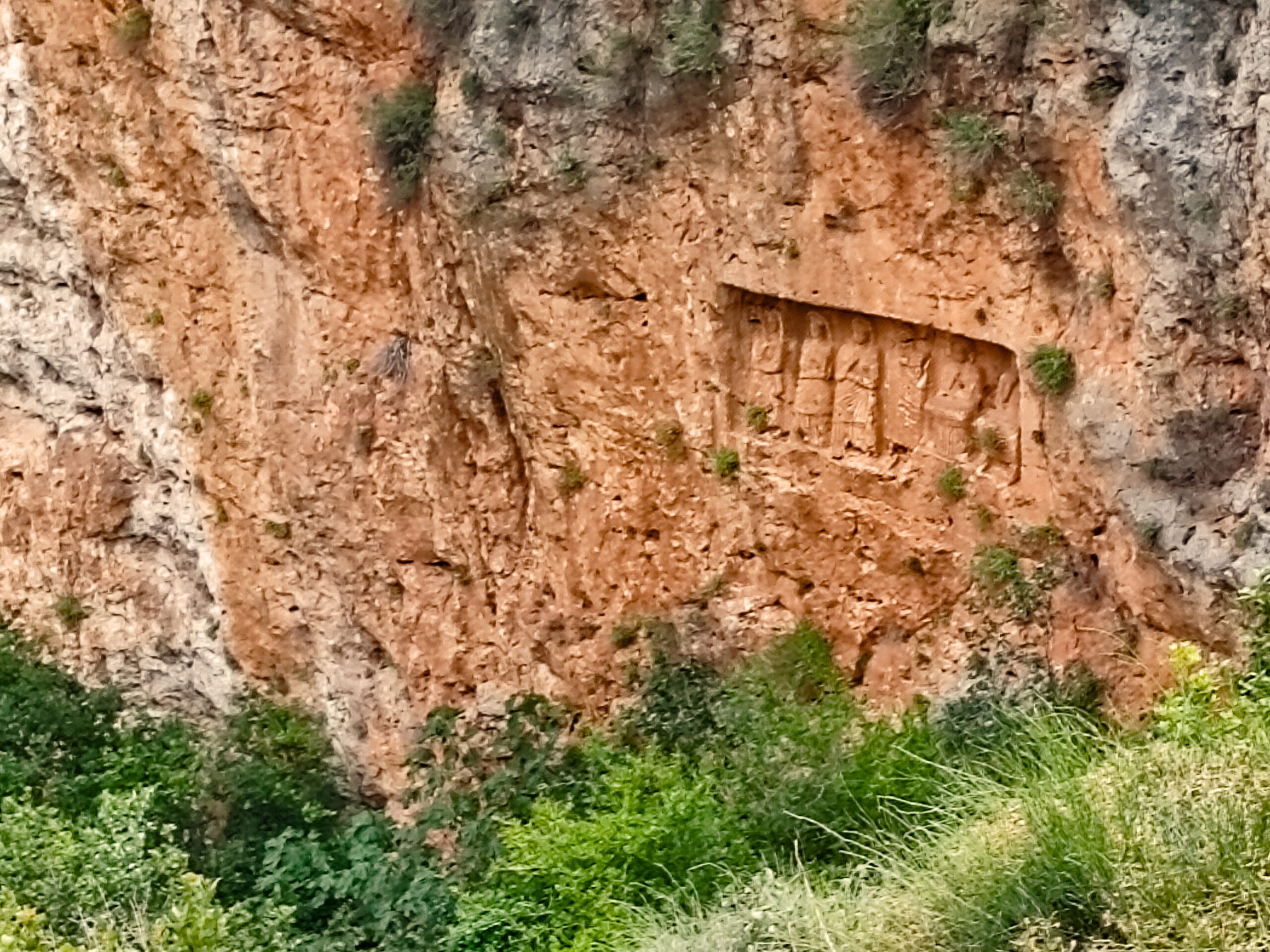
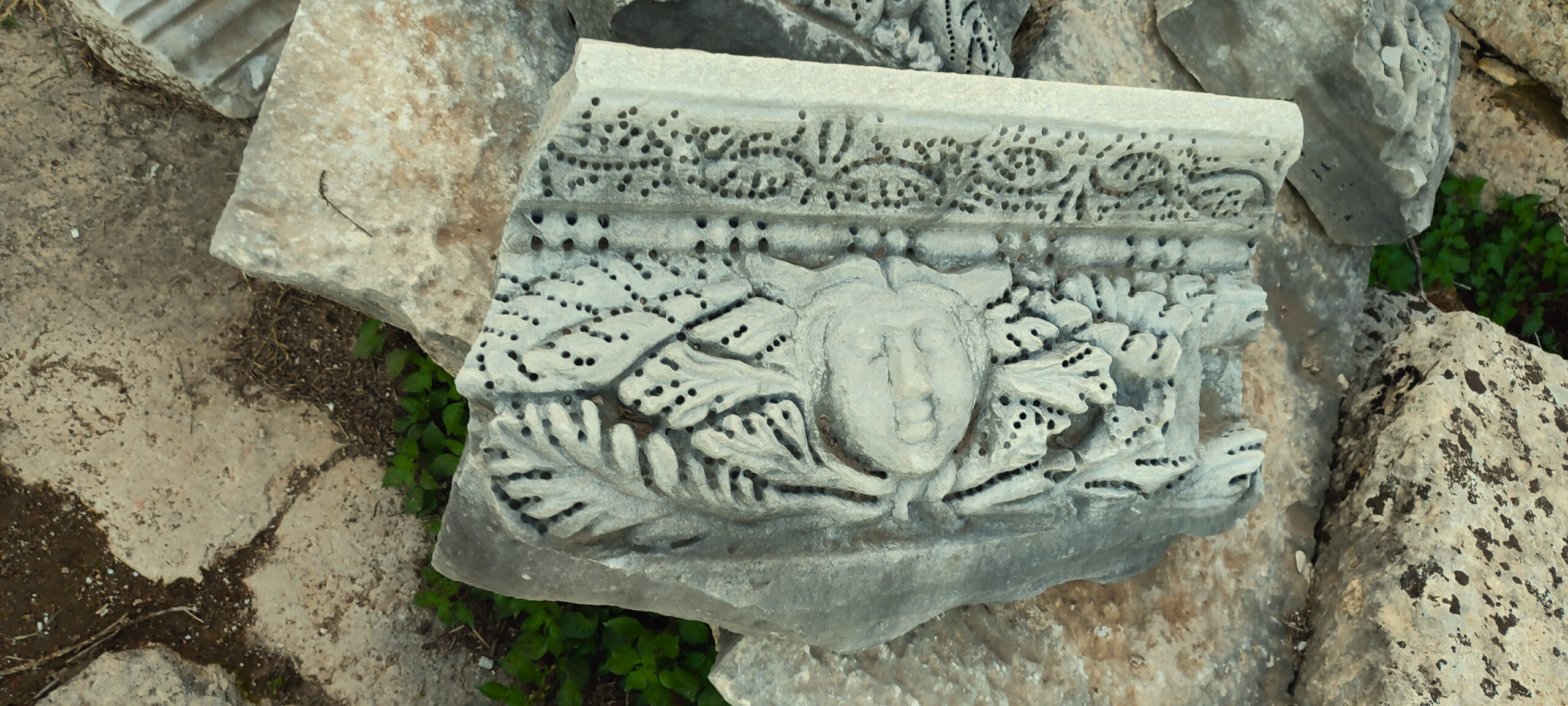
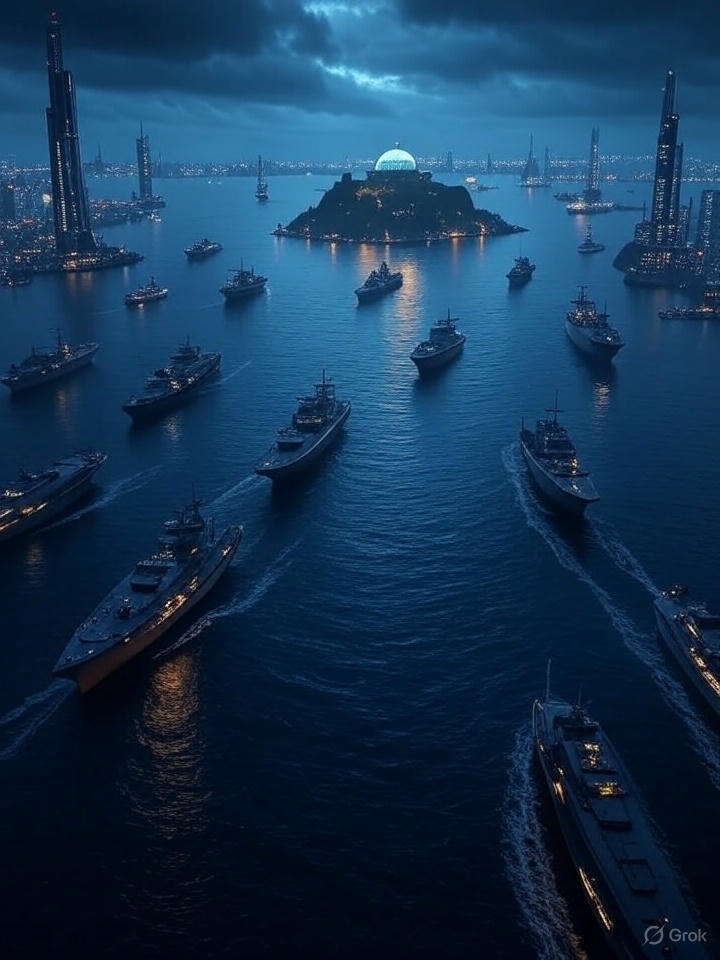
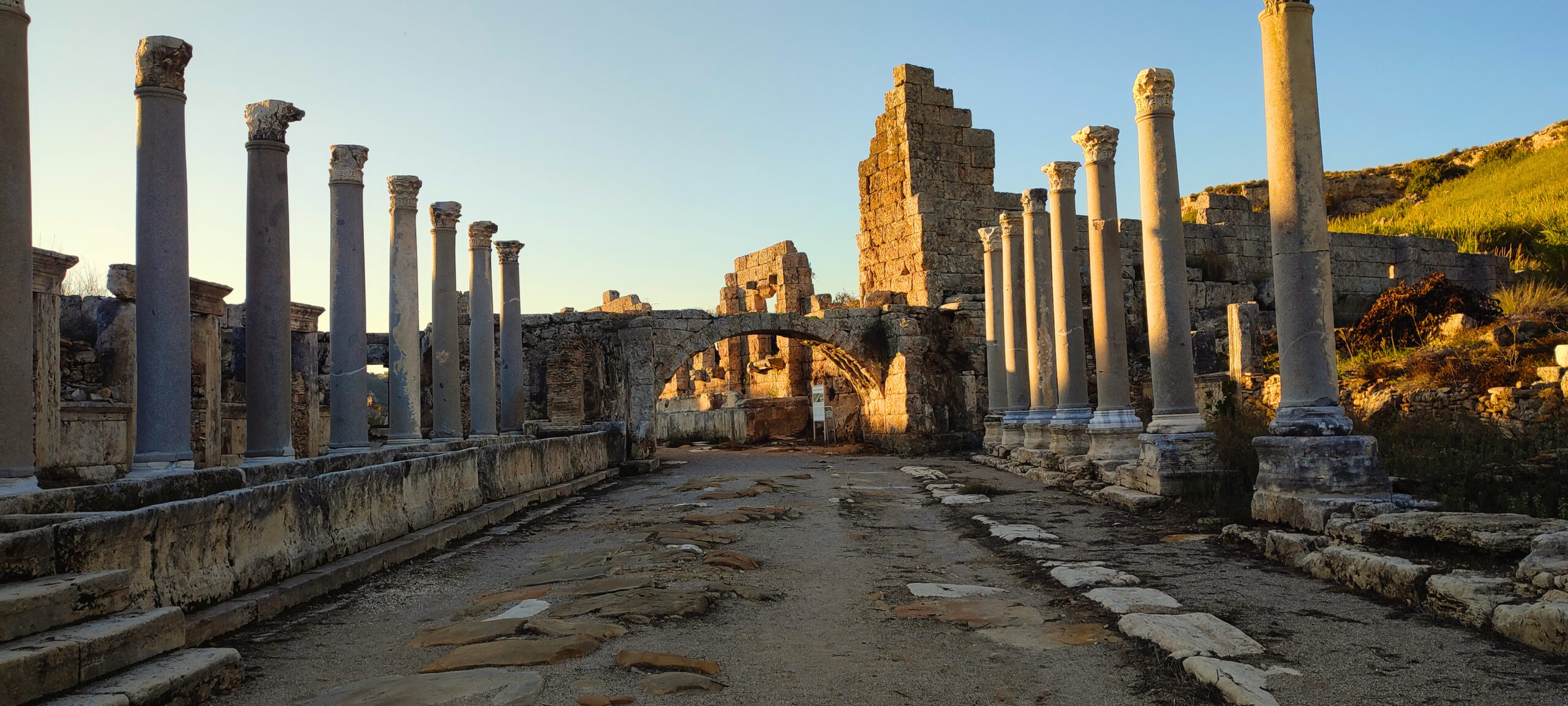
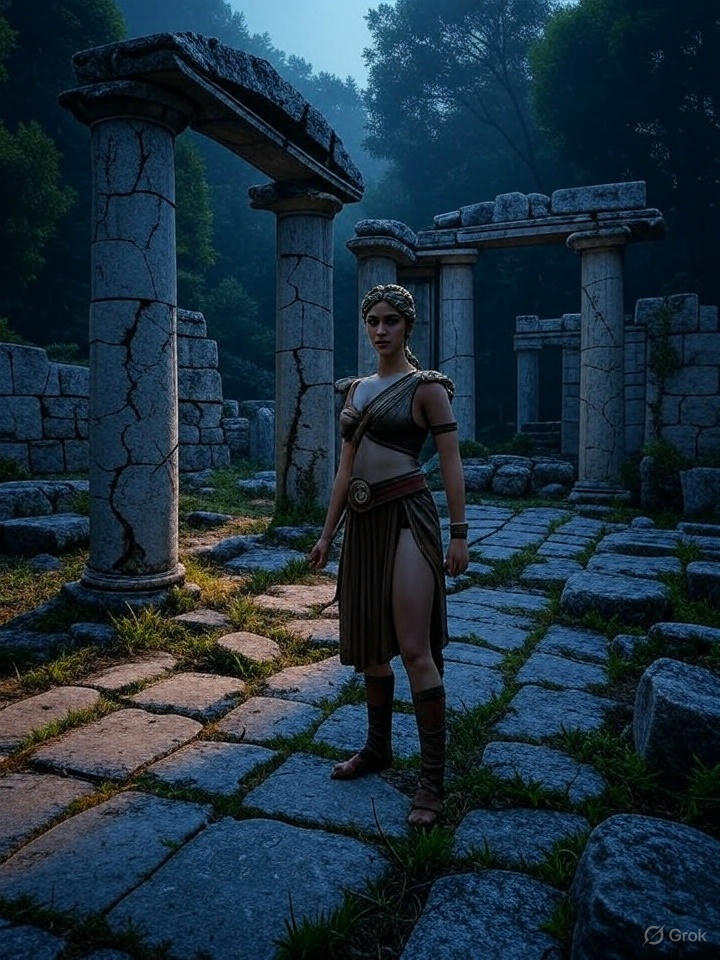

Leave a Reply